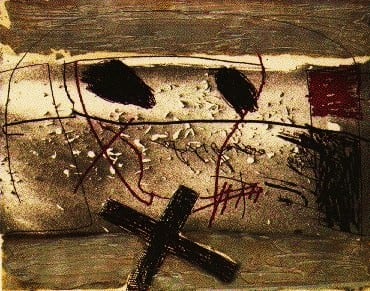
Antoni Tapies 壱
tapies performance

アントニ・タピエス(Antoni Tàpies、1923年12月23日 - )
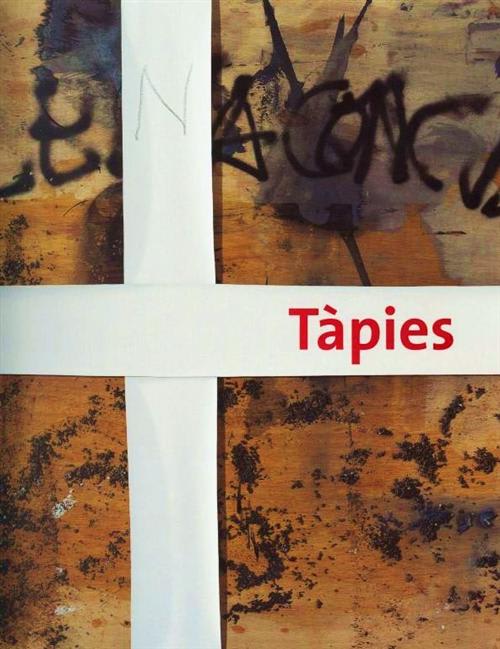
 | Tapies Posters and the Public Sphere(ELS CARTELLS DE TAPIES I L ESFERA PUBLICA)Fundacio Antoni Tapiesこのアイテムの詳細を見る |

タピエスのアンフォルメとゆーフォルメ Antoni Tapies 弐

tapies tapies tapies

 | Antoni Tapies Recent WorkWaddington Galleriesこのアイテムの詳細を見る |

Homentarge a Antoni Tàpies


 | Tapies: January 27-April 23, 1995Harry N Abramsこのアイテムの詳細を見る |



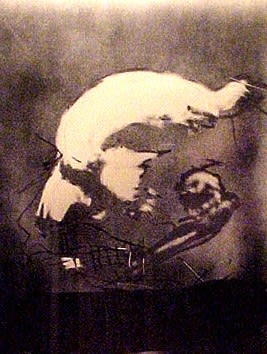



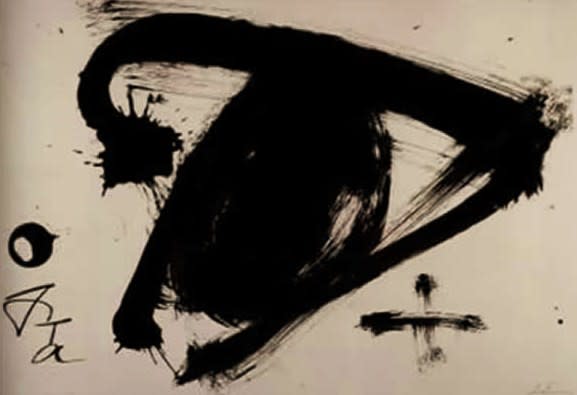



 | 実践としての芸術アントニ タピエス水声社このアイテムの詳細を見る |
この本が絶対のお勧め
ぜひみんなに読んで欲しいなー
ほとんど何が書いてあるのかわからない言い回しを1ページ1ページ1行1行
必死のパッチで解読していくんが楽しい わかったよーな気になって感動してみるのも楽しいのだが
実は全然わかってなかったりするカオスに叩き込まれたりすんのんも快感
それがタピエスへの道
アンフォルメとゆーフォルメ



Antoni Tàpies (born in Barcelona, December 13, 1923) is a Spanish Catalan painter. He is one of the famous artists of European abstract expressionism. After studying law for 3 years, he devoted himself from 1943 onwards only to his painting. He is perhaps the best-known Catalan artist to emerge in the period since the Second World War.
In 1950 he held his first solo exhibition, at Galeries Laietanes, Barcelona. In the early 50s he lived in Paris, to where he has often returned. Both in Europe and beyond, the highly influential French critic and curator Michel Tapié (no relation, despite the similar name) enthusiastically promoted the work of Antoni Tàpies.
In 1948, Tàpies helped co-found the first Post-War Movement in Spain known as Dau-al-Set which was connected to the Surrealist and Dadaist Movements. The main leader and founder of Dau-al-Set was the poet Joan Brossa. The movement also had a publication of the same name, Dau-al-Set. Tàpies started as a surrealist painter, his early works were influenced by Paul Klee and Joan Miró; but soon become an abstract expressionist, working in a style known as "Arte Povera", in which non artistic materials are incorporated into the paintings. In 1953 he began working in mixed media; this is considered his most original contribution to art. One of the first to create serious art in this way, he added clay and marble dust to his paint and used waste paper, string, and rags (Grey and Green Painting, Tate Gallery, London, 1957).
His international reputation was well established by the end of the 50s. From the late 50's to early 60's, Tàpies worked with Enrique Tábara, Antonio Saura, Manolo Millares and many other Spanish Informalist artists. From about 1970 (influenced by Pop art) he began incorporating more substantial objects into his paintings, such as parts of furniture. Tàpies's ideas have had worldwide influence on art, especially in the realms paintings, sculpture, etchings and lithography. Examples of his work are found in numerous major international collections.
Fundació Tàpies, in Barcelona, is a museum dedicated to his life and work. He currently is living in Barcelona.




















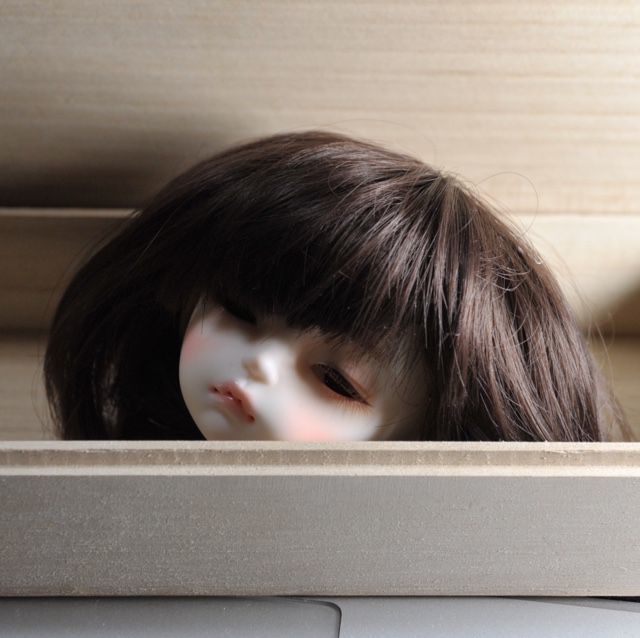





※コメント投稿者のブログIDはブログ作成者のみに通知されます